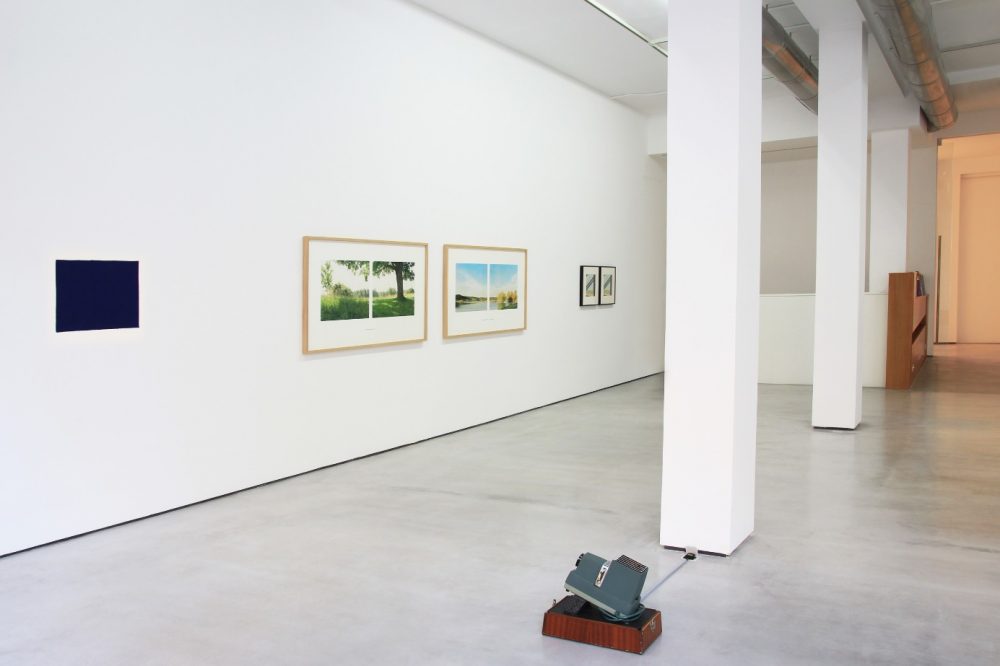Galería Cayón is pleased to present at Blanca de Navarra 7, Madrid, Tempus Fugit, an exhibition that, departing from a verse by Virgil (70-19 bC) Sed fugit Sed fugit interea, fugit irreparabile tempus (“but flies, meanwhile flies irreparably the time”) aims to show the paradox of representing an ephemeral phenomenon (the passage of time) with an static medium (the photography or any other artistic media).
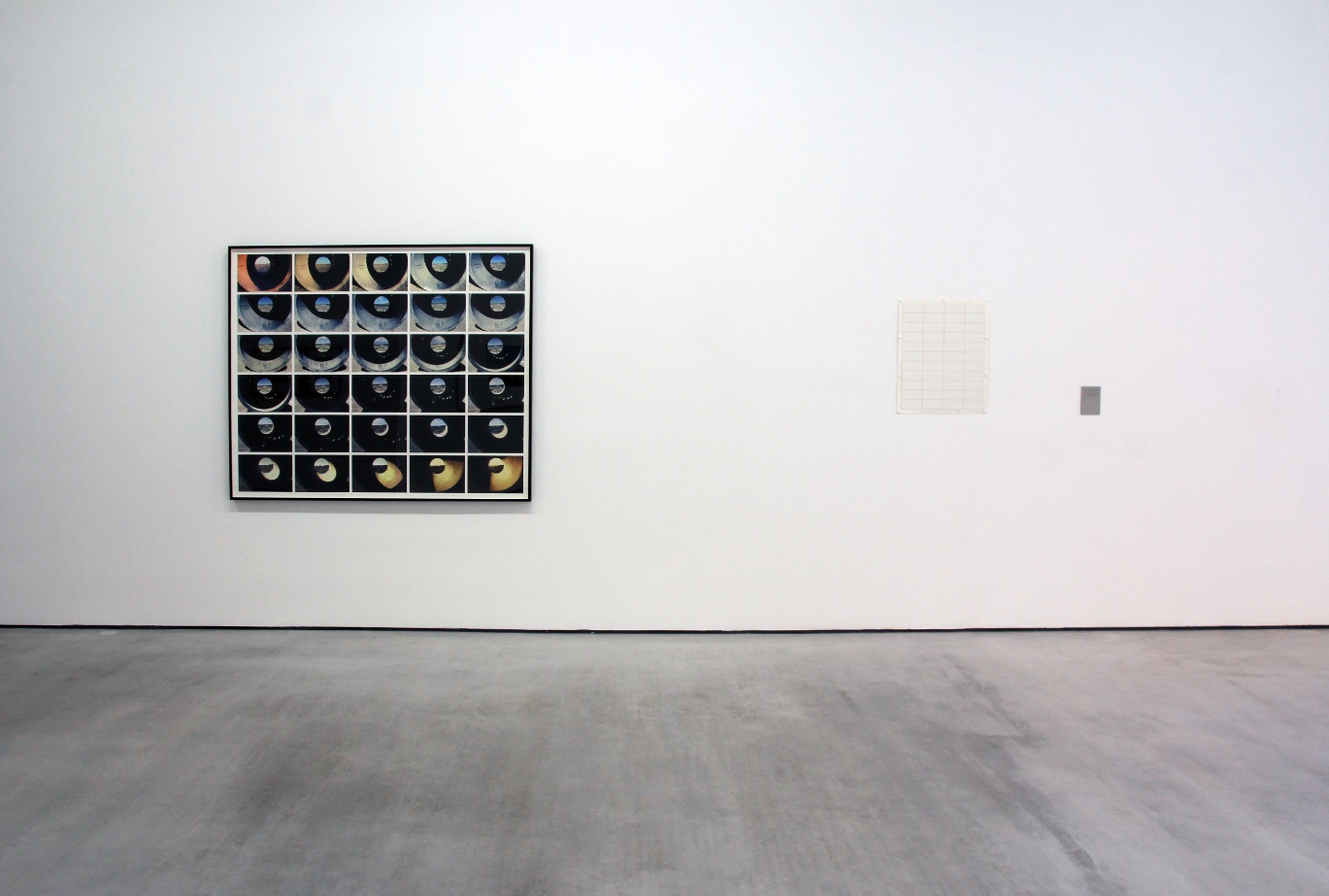
The concern for the representation of the passage of time arises in the 19 Century with Impressionism, when the artists left their studios to work directly abroad, to reflect the reality and environment that happened around them. This real and direct encounter with nature allowed them to observe carefully the passage of time, which led them to pose the problem of their representation: how to reflect on the surface of a canvas a phenomenon in constant transformation? In 1894 Monet gives an answer to this question with his series dedicated to the cathedral of Rouen. The paintings represent the facade of the building at different times of the day and the year, showing and capturing the changes produced by the sunlight and the passage of time.
The exhibit Tempus Fugit puts together pieces by fundamental contemporary artists whose work investigates the changes produced by the time and the light and its representation. Bleda y Rosa (María Bleda, Castellón, Spain, 1968 y José María Rosa, Albacete, Spain, 1970)) explore the representation of territory, seeking to emphasize the complex interweave of cultures and times that shapes it. Its series Campos de Batalla that will be presented at the exhibition, takes the representation of battles as an aesthetic and conceptual point of departure, interpreting traces embedded at the site and in our memory – to develop and build our own way of seeing it; Jan Dibbets (Weert, Netherlands, 1941) investigates the passage of time trough photography making us aware of the traces generated by this phenomenon (for this, the artist has authorized the reinstallation of a fundamental piece All shadows that I noticed in (…), Amsterdam, 1969.
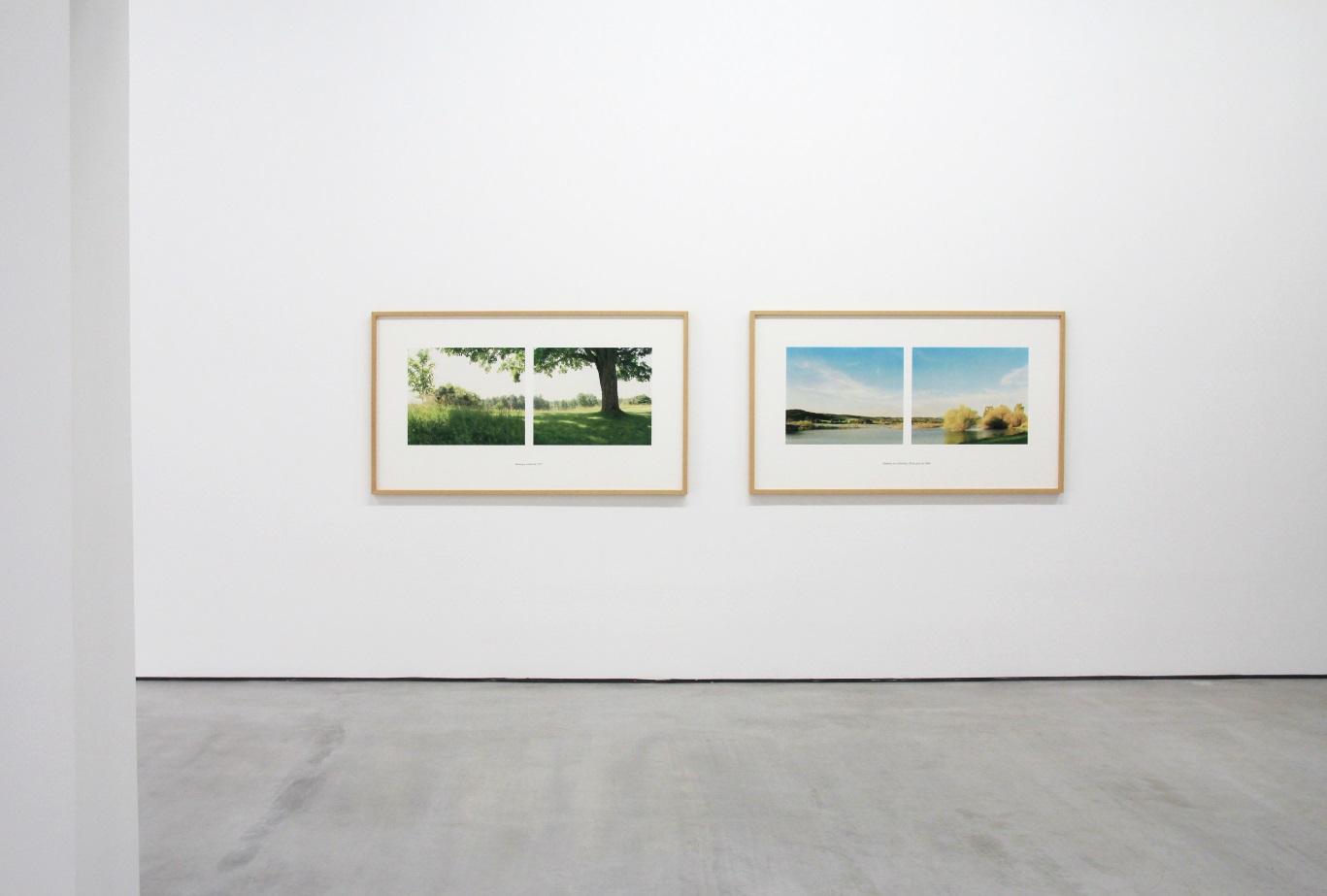
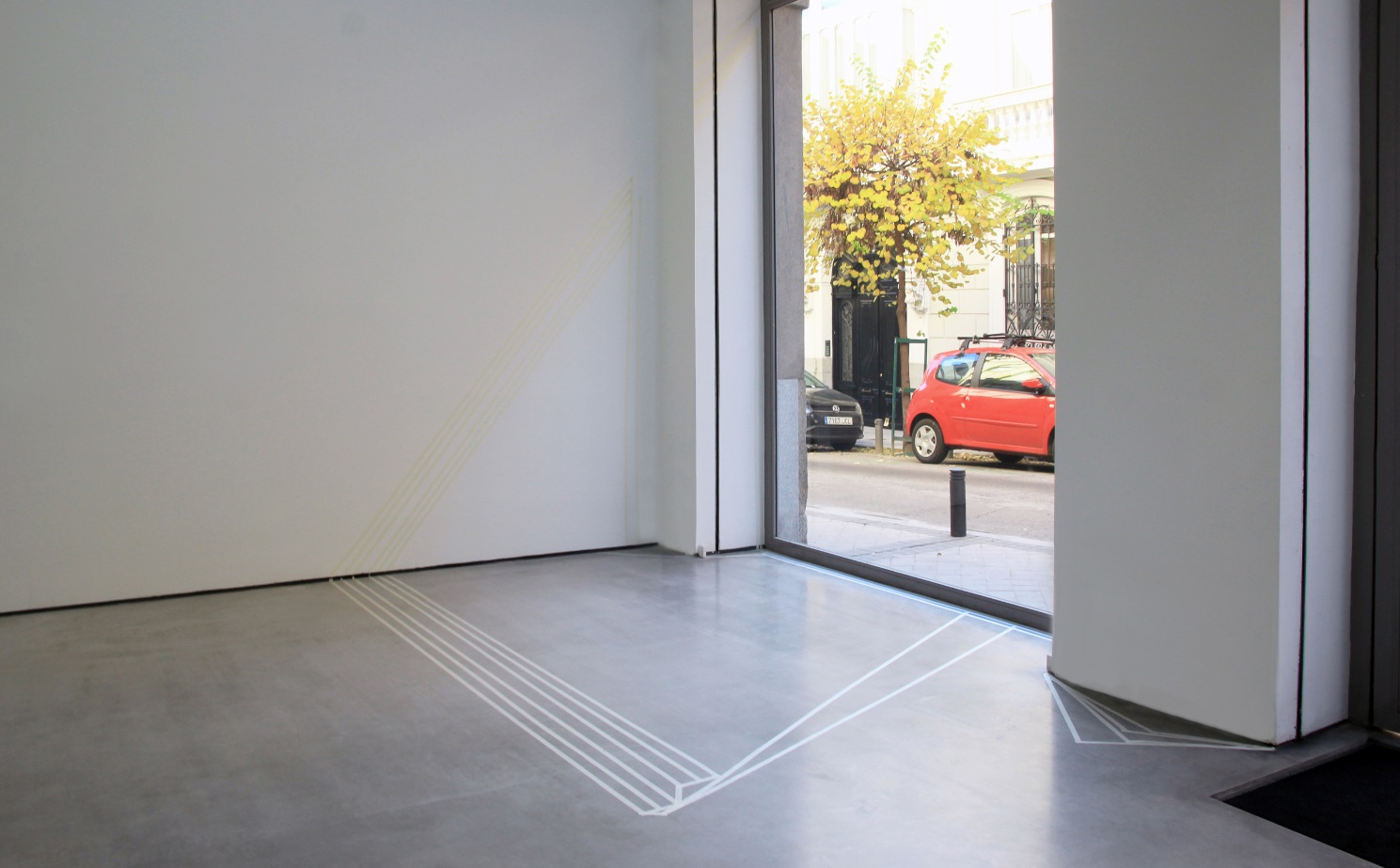
Barry Flanagan (Prestatyn, United Kingdom, 1941 – Santa Eulalia del Río, Ibiza, Spain, 2009) worked with light as a primary component from 1970, investigating diverse sculptural approaches to the conceptual art practice; Spencer Finch (New Haven, Connecticut, USA, 1962) seeks to represent the beauty and enigmas of light and color; Nancy Holt (Worcester, Massachusetts, USA, 1938 – New York, USA, 2014) worked with Nature and photography, trying to bring it closer to the human scale and Bernar Venet (Château-Arnoux-Saint-Auban, France, 1941) of whom Recouvert of the Surface d’un dessin (1963) will be reproduced, a work that will be modified daily with which Venet establishes a discussion in relation to the relationship and representation of space and time in the work of art.
Tempus Fugit is not only an exhibition on the different ways artist reacted to the problem of capturing natural light but aims to reflect around the passage of time and its consequences (among them, the modification of natural light) and the representation of an ephemeral phenomena in a static and reduced support.
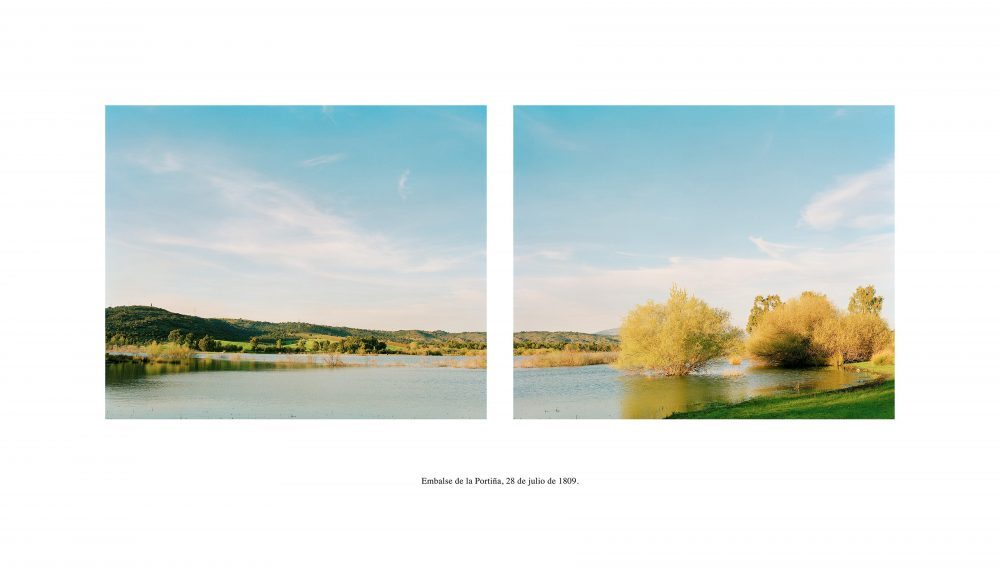
Bleda y Rosa
Embalse de la Portiña, 28 de julio de 1809
Campos de Batalla, España
1994-1996 (1999)
Inject ink on paper Hahnemühle PhotoRag Ultrasmooth 305g. Mounted on Dibond, waxed beech frame and UV projection glass
85 x 150 cm.
5/10

Bleda y Rosa
Saratoga, otoño de 1777
Campos de Batalla, Ultramar
2014, Stillwater, Nueva York, Estados Unidos
Inject ink on paper Hahnemühle PhotoRag Ultrasmooth 305g. Mounted on Dibond, waxed beech frame and UV projection glass
85 x 150 cm.
2/10
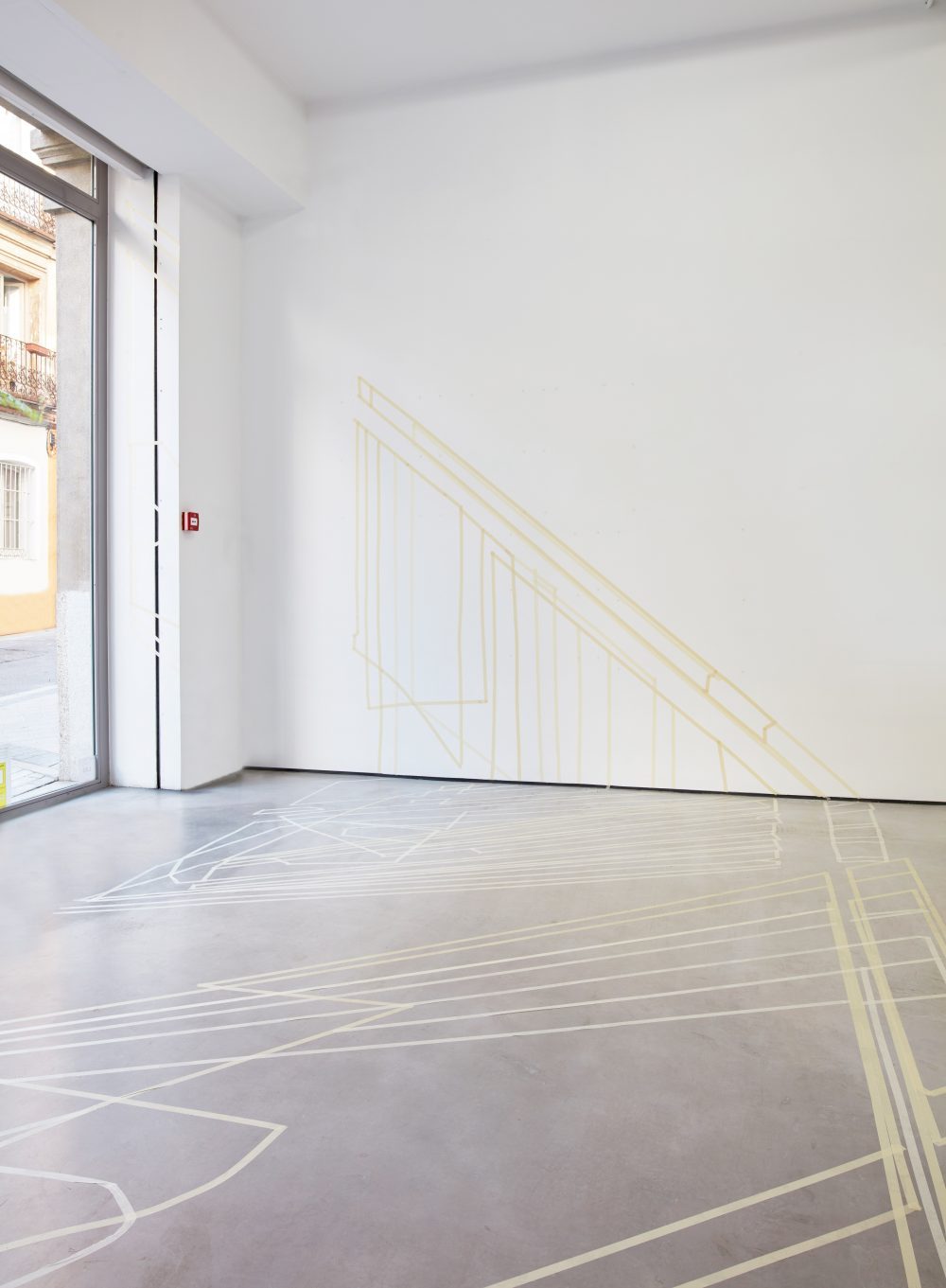
Jan Dibbets
All shadows which occurred to me between 11:46 and 12:46 every 10 minutes are taped in Galería Cayón, Madrid, Spain, 1969
Installed on the 27th November, 2018.
Tape
Variable measurements
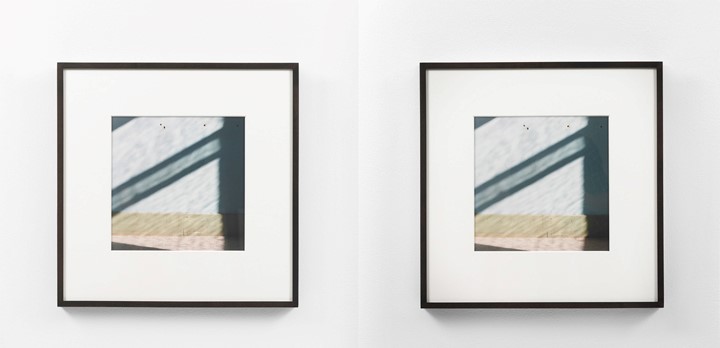
Spencer Finch
2,562,451.2 Km 4/13/08, 4pm/ 4/14/08 4pm, 2008
Archival inkjet photographs
50,4 x 49,7 cm.
These two photographs are taken exactly one day apart and document the shifting shape of light as it strikes the studio wall. While the sense of change is subtly played out in these images they are actually tracing a more substantial shifting of the earths orbit around the sun.
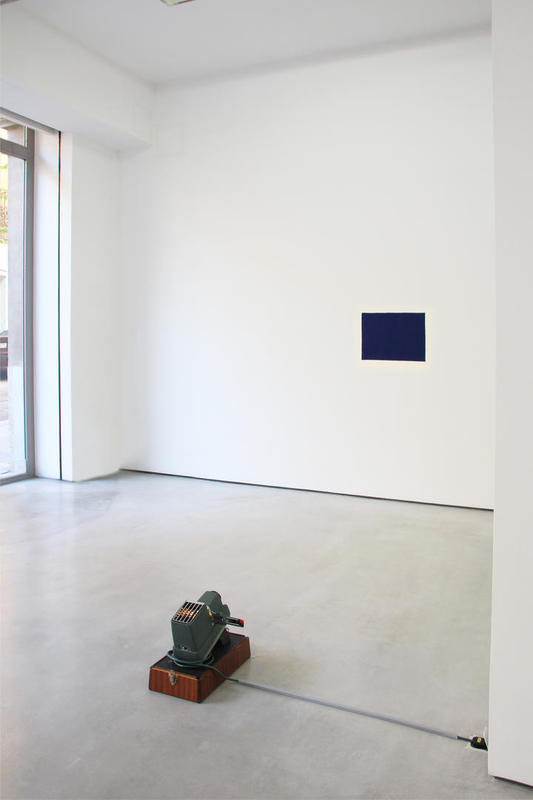
Barry Flanagan
Daylight light piece 4’69, 1969
Light on natural light on blue hessian, projector
(85 mm 12’ on blue hessian on wall)
Variable measurements
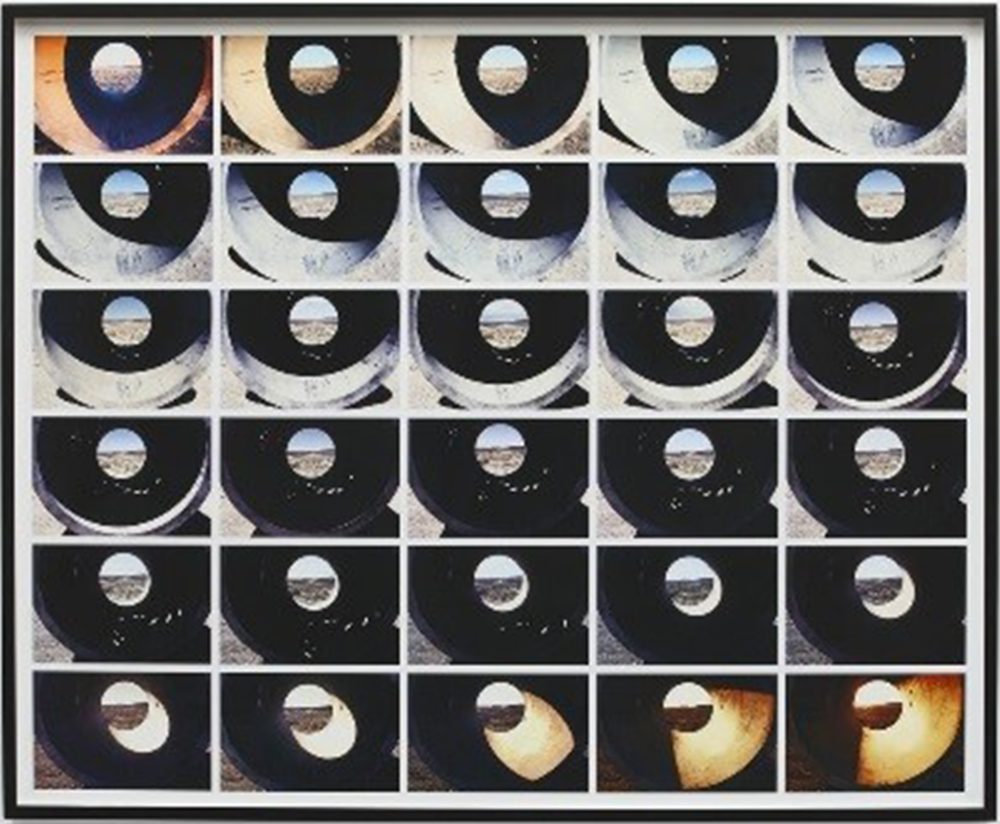
Nancy Holt
Sunlight in Sun Tunnels, 1976
Exhibition copy
127,3 x 156,2 cm.
© Holt/Smithson Foundation, licensed by VAGA at ARS, Nueva York
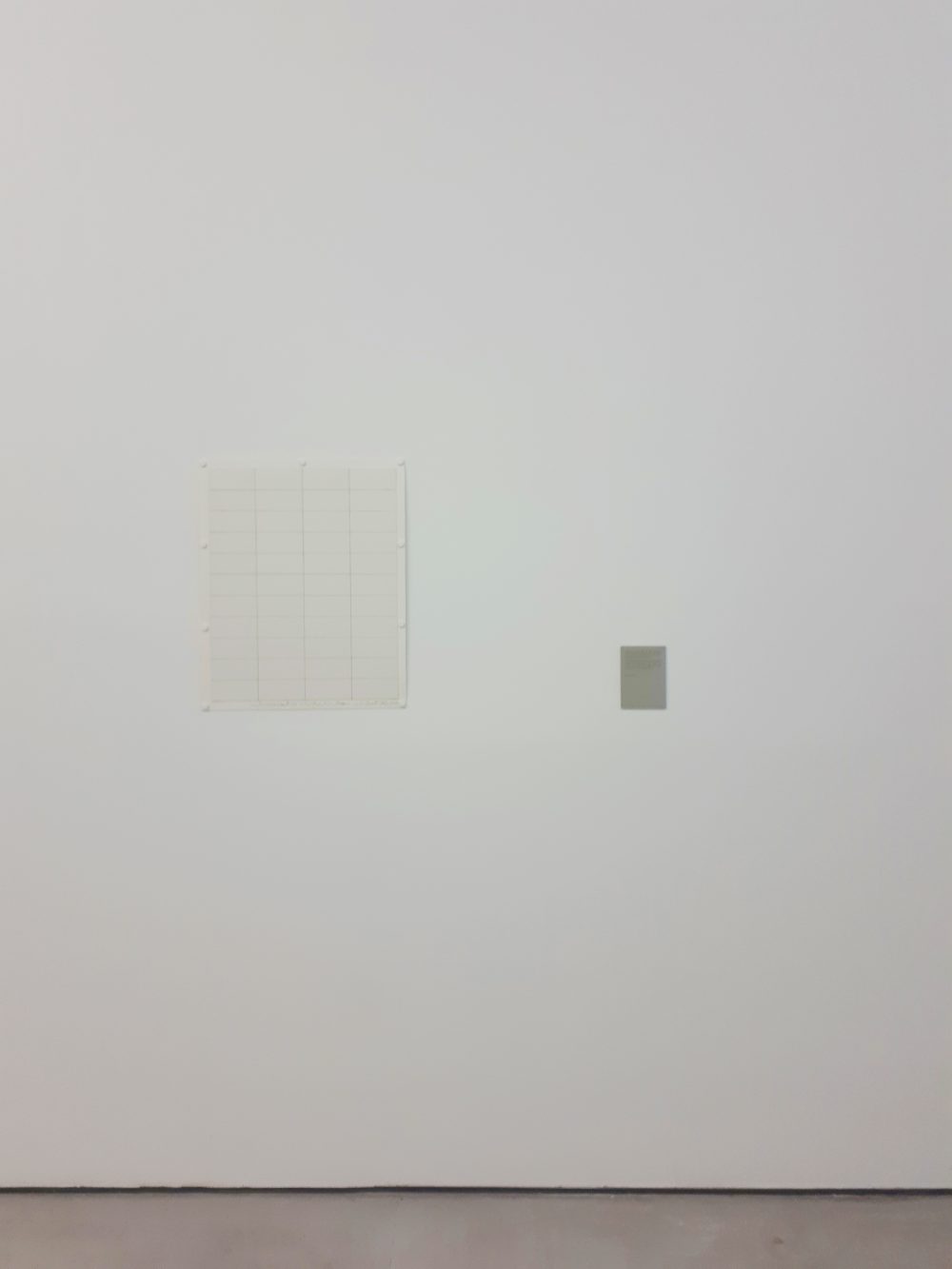
Bernar Venet
Recouvrement de la surface d’un dessin, 1966 – 2018
Pastel on paper
59 x 48 cm.
